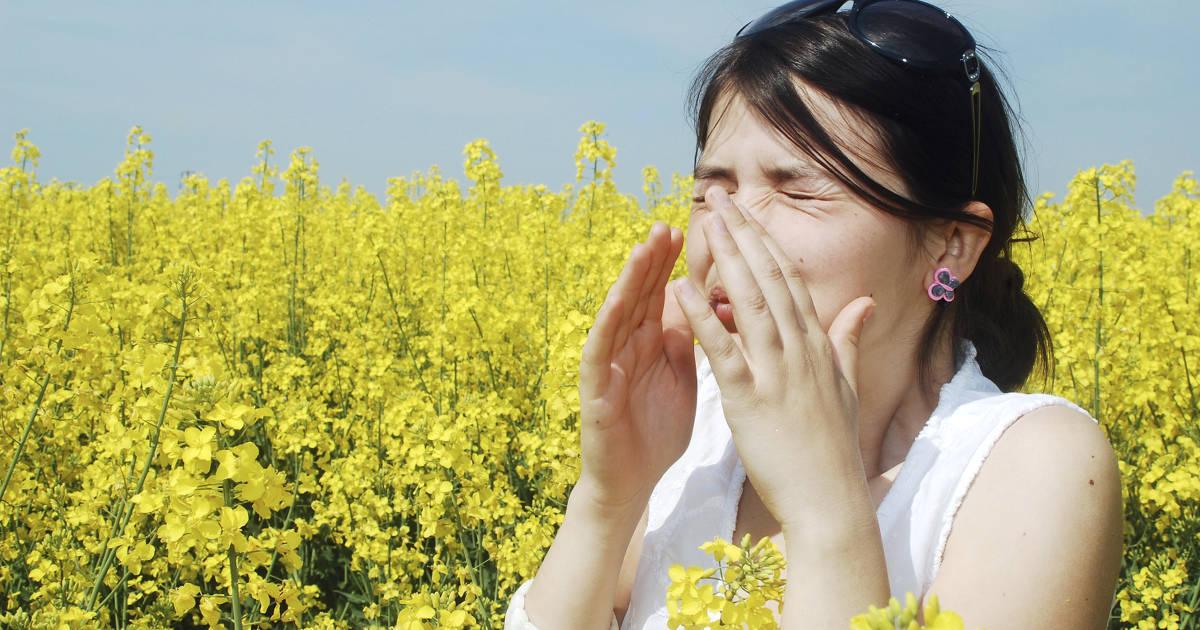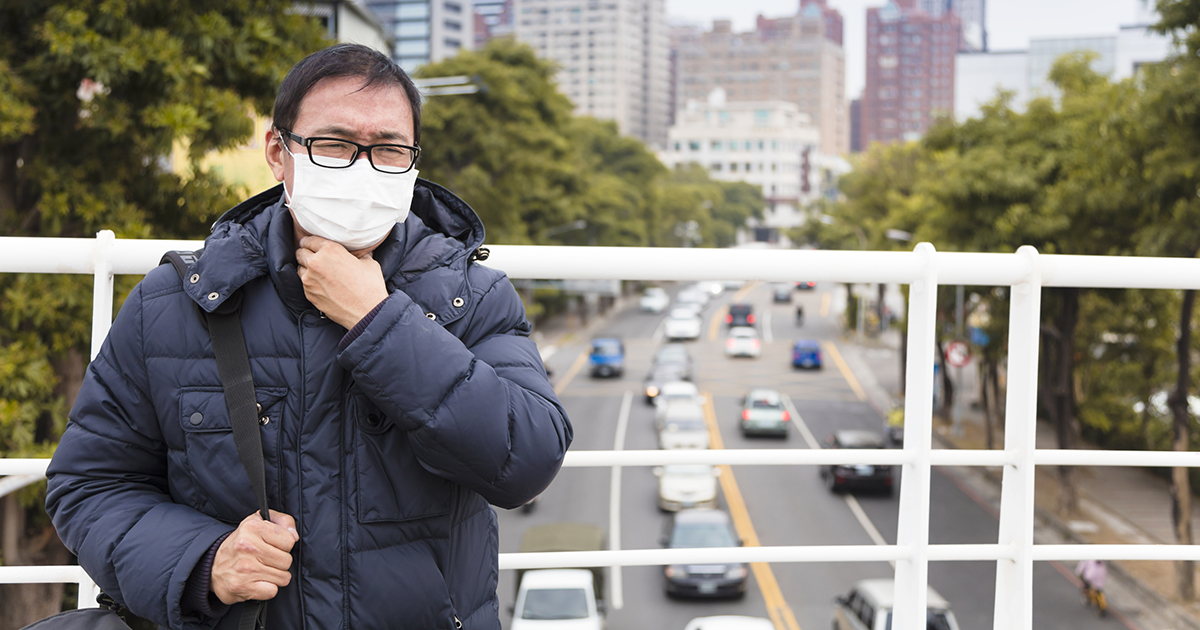How To Quickly Treat Chronic Rhinitis
Chronic rhinitis is a condition, characterized by the swelling of membranes in the nose, that causes many unpleasant symptoms in the nose, ears, and throat. A case of rhinitis is considered chronic if it persists for at least a few weeks or months. Nasal symptoms include sneezing, runny nose, and congestion. Other common symptoms include postnasal drip (mucus collecting in the back of the throat), a sore throat, and a cough.
There are two main types of chronic rhinitis: allergic and nonallergic. An allergic reaction to identifiable triggers causes allergic rhinitis, and nonallergic rhinitis carries the same symptoms but is caused by localized irritants. Some actions can help alleviate the irritating symptoms of chronic rhinitis.
Avoiding Allergens

Allergic rhinitis occurs when the nasal passages become irritated due to the body's production of histamine after an encounter with certain particles. Mucous thickens to keep potentially harmful substances from entering the body. The most common allergic triggers are pollens, molds, insects, and animals. Avoiding allergens usually requires making changes around the home. Dust mites, cockroaches, and ladybugs are the most common insect culprits.
Reducing indoor humidity (between thirty and fifty percent), clutter removal, and laundering bedding weekly in hot water can help eliminate insects. Humidity reduction is also crucial in the prevention of mold formation. Removing a pet from the home is the most effective way to avoid pet allergies. Outdoor triggers like pollen are difficult to avoid altogether, though keeping windows closed in the home and car provide some relief.
Using A Mask

The use of a mask can be helpful in avoiding allergens and irritants for both types of rhinitis. Many individuals who suffer from allergic rhinitis are affected by tree pollen in the spring and grass pollen in the summer. It is impossible to avoid these triggers completely, largely because individuals rarely want to stay cooped up inside during these seasons. Thankfully, however, using a mask while participating in gardening, yard work, and mowing can greatly reduce nasal exposure to pollen.
Similarly, a nonallergic rhinitis patient may not always be able to avoid irritants that trigger indoor symptoms. Wearing a mask in the presence of dust, smoke, or strong chemicals can help prevent flare-ups of nasal symptoms. Some masks are made with filters, and others are made with tightly woven cloth. Choosing the right mask may depend on the severity of symptoms and chosen activities.
